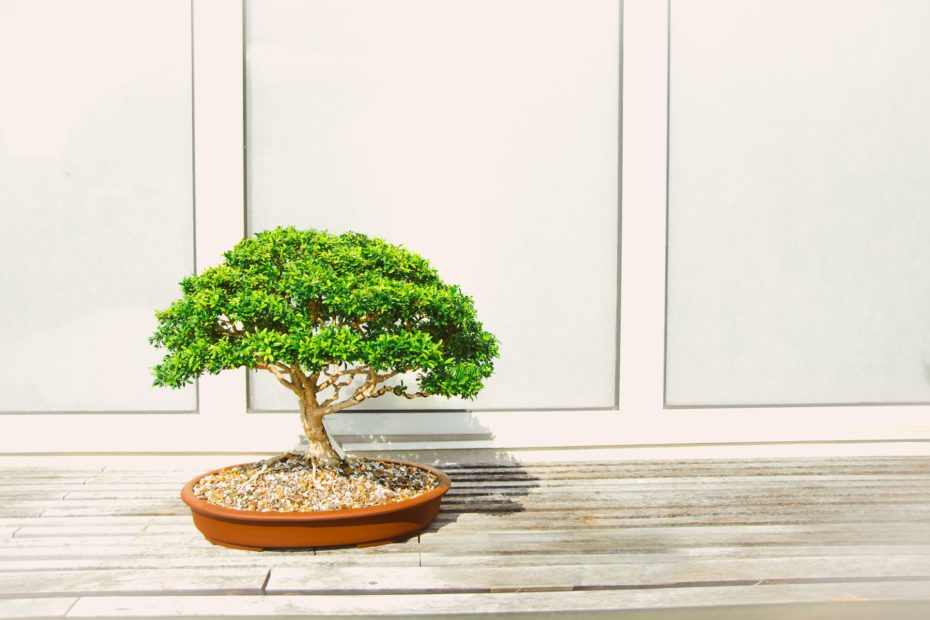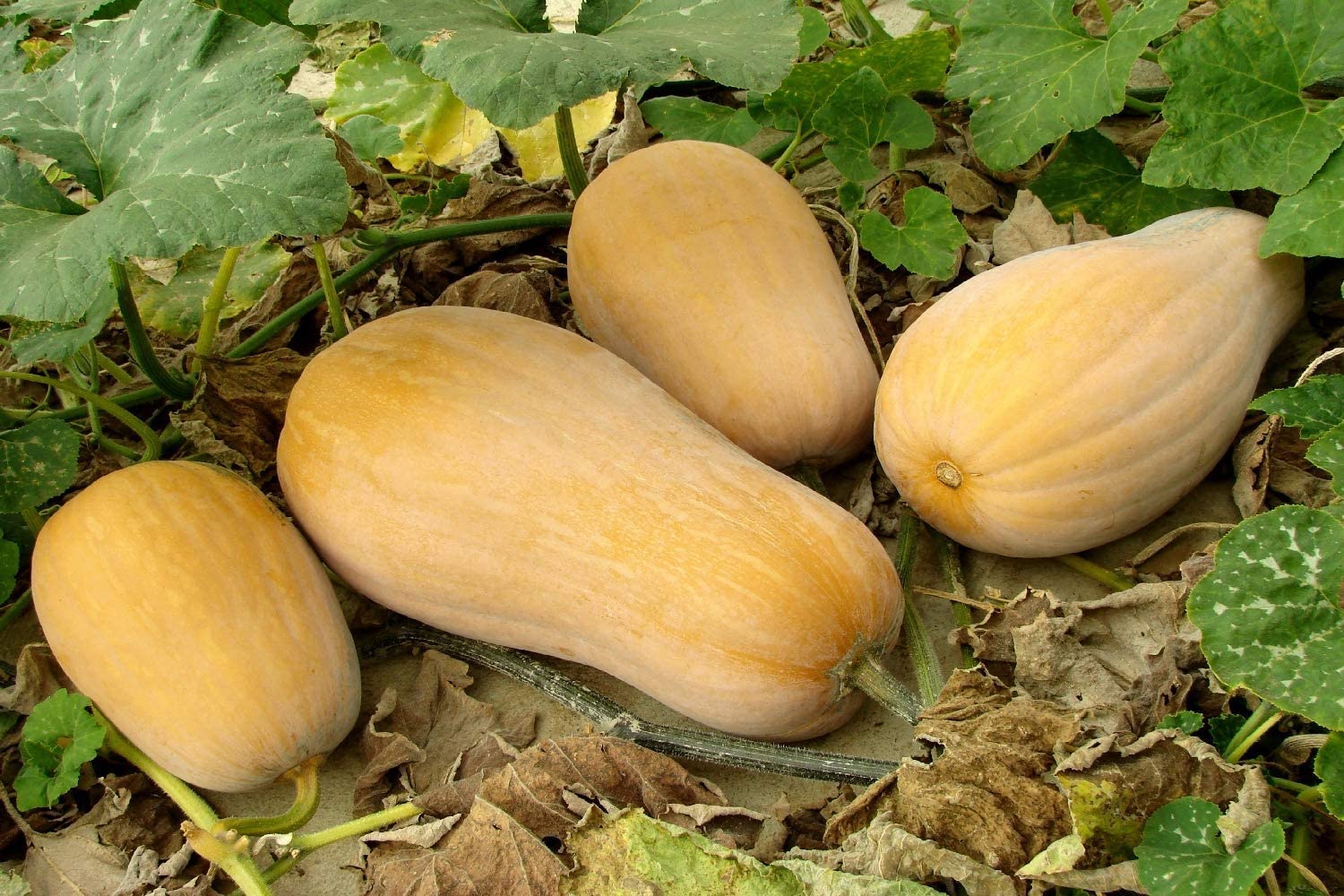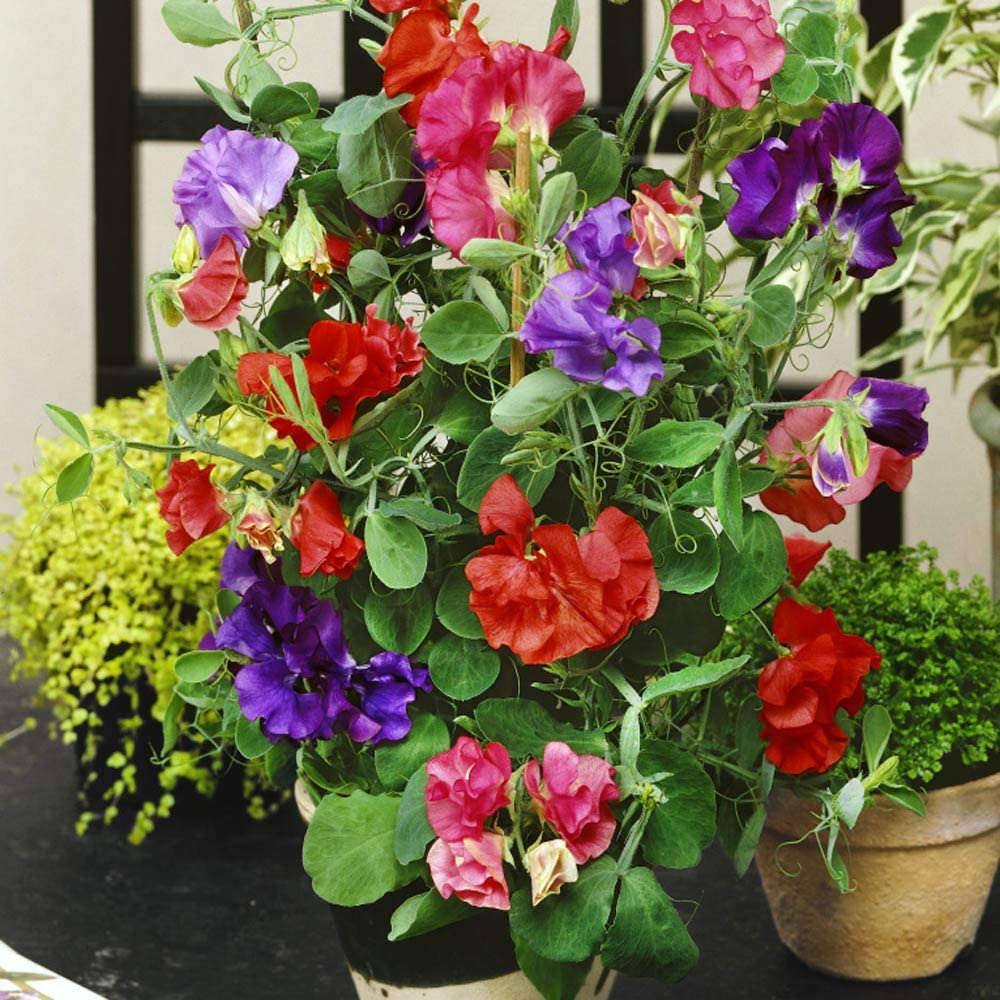The name ‘Bonsai’ literally translates to ‘tree in a pot.’ This is a simplistic way of summarising the small tree’s cultivation, but it hits the nail on the head, so to speak. Of course, bonsai is a much wider topic than the basic translation above, and therefore takes a bit more explanation. The Chinese art of growing and nurturing small trees that resemble life-size trees in nature is known as bonsai. It’s all about scale and proportion in bonsai.
Bonsai trees, which originated in China, require a great deal of care and attention, relying on their owners for trimming and maintaining, but some sellers have recently observed a nearly 700% increase in the number of people interested in purchasing one. The relaxing and mental health advantages of tending to such a needy yet attractive plant are said to be the reason for its popularity.
You may have started cultivating a bonsai tree from seed or purchased one that was already growing. In any case, knowing how long it takes to grow a bonsai tree is useful.
Method of Planting
Bonsai trees are genetically identical to their full-size counterparts, contrary to common perception. Their size, of course, distinguishes them from ‘regular’ sized trees. As a result, bonsai trees will take about the same amount of time to grow as full-grown trees. Faster growing species may take between 10-15 years to reach full size, whilst slower growing species may take 20-30 years to reach full size; this would also apply to bonsai trees. A Chinese elm, for example, could take up to 15 years to grow.
Bonsais can grow either from seeds or there are other alternatives as well. If you want to try growing them from seeds, you will have to train them to grow in a proper manner otherwise they will grow just like a regular plant. Growing your bonsai tree in ideal conditions will not only ensure that it is healthy but may also shorten the time it takes to reach full size by years. Optimal growing circumstances can ensure that your bonsai thrives and grows at a faster rate, therefore paying great attention to this is crucial.
Soil preparation
Compost should be mixed with perlite. 3 parts compost to 1 part perlite is a good ratio. This seems to work well for me. This mix holds water but also drains well, which is important because roots need to breathe and can rot if they are always submerged.
Location
The first step is to choose a location for your bonsai tree. If you choose an indoor species, don’t expect your bonsai to withstand low lighting all of the time. Place your bonsai in front of a south-facing window where it will receive lots of light throughout the day. A bright and sunny location is ideal for outdoor bonsais. Depending on the species you choose, you may need to shelter your bonsai tree during the winter to avoid freezing or extremely low temperatures. Otherwise, bonsais usually thrive when planted outside.
How to plant?
- Take a seed tray, such as the black plastic ones seen in garden centres.
- Fill the tray with compost (typically mixed with perlite for drainage and airflow).
- Allow the excess water to drain away after watering to ensure that all of the compost is moist.
- If the seeds are small, scatter them on the soil’s surface, or push larger seeds (acorns, for example) into the compost.
- Add a fine coating of compost on the surface.
- Cover the seed tray with plastic wrap. This can be done using clear plastic caps. On the internet, look for seed propagators.
- Then hold your breath! It’s important to keep the soil hydrated. Watering cans may guzzle out too much water too rapidly, moving the seeds around in the tray, so a mist sprayer is ideal.
It takes a long time to grow bonsai trees from seed. It will take years to create something that resembles a bonsai, and a decade or more to create something that is absolutely impressive. There’s nothing wrong with this, but keep in mind how long it will take.
Aftercare
Sunlight
As with all plants, getting the appropriate light intensity is critical for bonsai tree growth. Sunlight is, of course, one of the most important aspects that can enhance or hinder plant growth, and it is necessary for a bonsai tree’s existence and health.
Water
Water is another necessity, in addition to sunlight! Keeping your tree properly watered can make a huge difference in its growth. Under- and over-watering are fairly prevalent among beginner bonsai enthusiasts, and they can have a substantial impact on the tree’s health as well as put it at risk of dying.
Nutrients
Having access to high-quality nutrients can cut down on the amount of time it takes for a bonsai tree to mature. This can be accomplished by fertilising with balanced bonsai feed on a regular basis during the growing season. In the winter, a lower nitrogen feed is recommended.
Pruning/Disease Control
One of the key reasons why a bonsai tree can develop faster than a full-size tree is because of this. Bonsai trees are continually pruned and inspected for diseases, pests, and root rot, allowing them to remain in excellent health and promote development.
Pests and Diseases
Make sure your trees are potted with the proper soil composition, understand how and when to water them, and you don’t over or under fertilise, and check whether your Bonsai is properly placed. It is most typically the result of continuous overwatering, overfeeding, or underfeeding when the leaves eventually turn yellow and die. Viruses can be identified by discoloured leaves and branch dieback. To avoid cross-contamination, keep the diseased tree isolated from your other trees. Remove affected sections of the tree and spray with a fungicide to treat. Aphids, spider mites, mealybugs are some of the insects that are commonly found on bonsais.
Guide
Is it possible to grow a bonsai tree in the UK?
– All of the native British trees can be found in the open air. Making room in your garden for bonsai trees is the best strategy to grow these trees. The good news is that creating the ideal environment in large and small gardens is simple. So, yes. You can grow bonsai trees in the UK.
Do bonsai trees grow fast or slow?
-The answer to this depends on the species you choose. But, in any case, bonsais need ideal growing conditions with adequate sunlight, soil, temperature and care. If it receives what it needs, it will grow faster. If the tree lacks any of these, the growth will definitely be slow.
Is growing a bonsai tree hard?
-Taking care of a bonsai tree isn’t tough due to the amount of effort necessary; rather, the difficulty is due to a lack of expertise. They are finicky plants that can swiftly deteriorate and perish if not properly cared for.
Can I keep my outdoor bonsai inside?
-Outdoor bonsai are tough plants that require a winter rest period each year at a specified temperature to survive. They can’t be kept indoors all of the time.
When should I start wire training my bonsai tree?
-While there are no hard and fast rules for when to begin wire training, three to five years is a common time frame. Regardless of the amount of time, you must wait until the tree’s roots have fully developed and the trunk has begun to grow before initiating wire training.
How often should a bonsai tree be watered?
-Watering a bonsai plant is necessary on a regular basis. It will need to be watered every two to three days. Never let the soil totally dry out. The colour and feel of the soil surface may usually tell you when it needs watering.
Can bonsai trees stay outside in winter?
-Bonsai trees are not houseplants; they are trees that should be grown outside all year. Bonsai trees will only live a few years if they are not exposed to winter temperatures. Bonsai trees from the tropics and subtropics are exceptions that require extra care.
How long do bonsai trees take to sprout?
-When growing a bonsai tree from seed, it can take up to 5 years for it to start appearing like a genuine tree. Most people purchase a pre-grown bonsai tree (about 5 years old) and care for it for another 10-15 years.
Fastest growing bonsai tree
-There are around 100 species of willow trees, with the weeping willow being the most ideal for bonsai. With proper care, these trees can survive for more than 100 years. Weeping willows reach a height of 20 to 25 metres in their natural habitat, and their branches spread downwards from the stem-like vines. If you need a bonsai tree to grow quickly, a weeping willow tree is a good choice.
When to re-pot bonsai seedling?
-Repotting Bonsai seedlings and trees in the late winter season is optimal. This suggests that the months of late February and early March are the best. This is because Bonsai are dormant throughout the winter and will not be as surprised when transplanted.
What is bonsai soil made of?
-Akadama, pumice, lava rock, organic potting compost, and fine gravel are all common constituents in bonsai soil. The ideal pH for bonsai soil is neutral, not acidic or basic. It’s best if the pH is between 6.5 and 7.5.


